Interview: All Day I Dream
Lee Burridge and Matthew Dekay tell XLR8R the secret's behind the party's success and reveal their plans for further expansion.
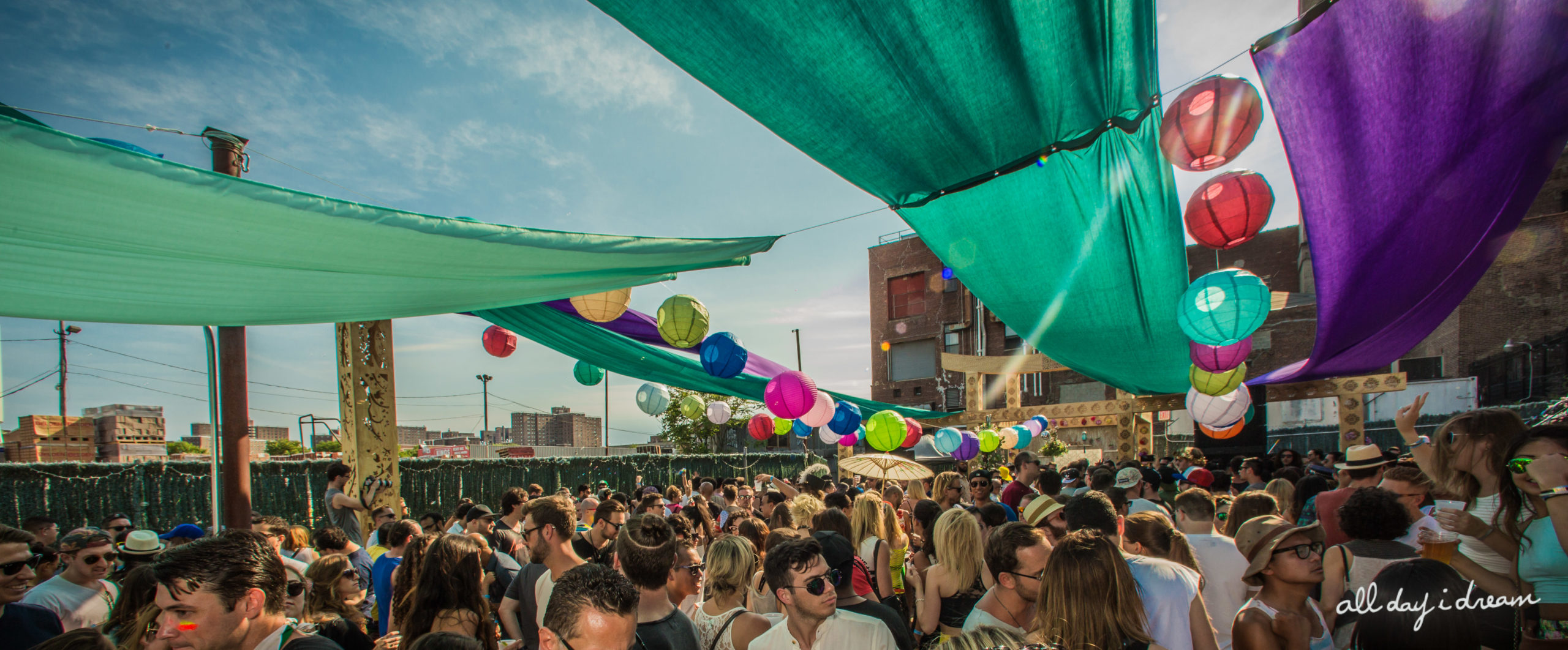
Interview: All Day I Dream
Lee Burridge and Matthew Dekay tell XLR8R the secret's behind the party's success and reveal their plans for further expansion.
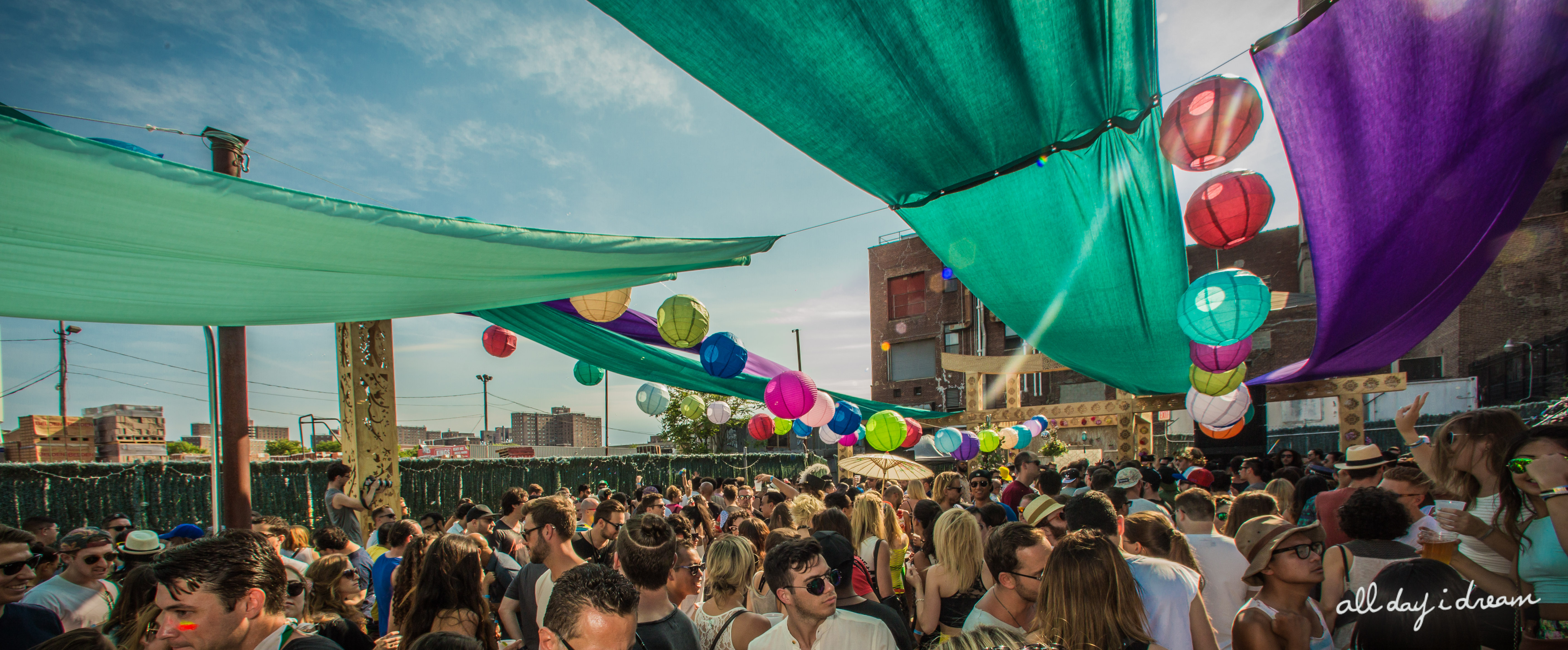
“Many parties don’t have an identity—often it is just house or techno, and nothing else besides a big room. Sometimes that is enough, but I always knew that I wanted something more.”
One alluringly dressed woman to the left, another “dreamer” to the right. The exquisite evening sun is setting in the distance, the rooftop terrace now just dark enough to reveal the beautiful fairy lights and colorful lanterns hanging from the bamboo structures above. Flower beds and fabrics are draped across the DJ booth, inside which stand Lee Burridge and Matthew Dekay, both grinning as they share their signature style of emotional techno to a sold-out crowd, all of whom revel in the magical atmosphere that has become such a big part of the All Day I Dream party.
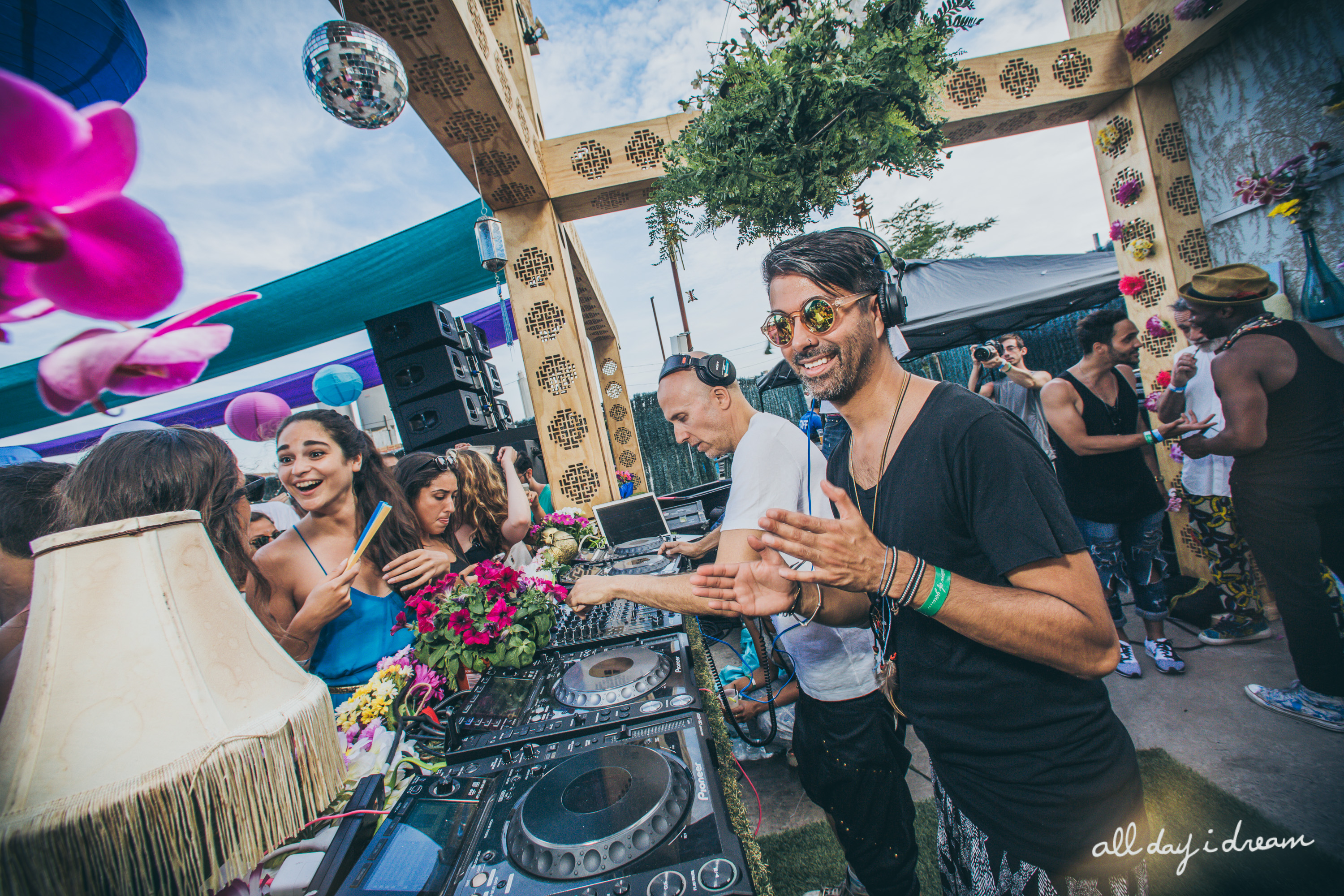
Since its inception on a Brooklyn rooftop on in the late summer of 2011, All Day I Dream has evolved from a one-off event into an acclaimed day-party series that is complimented by a small, but widely respected, imprint. Installments in New York, Miami and Los Angeles, which run from June until September, regularly sell out within hours, and its growing reputation has seen it exported to cities including Barcelona, Berlin and Sydney. In what is becoming an increasingly saturated market, All Day I Dream has carved itself its own unique identity.
With the close of yet another successful season nigh, XLR8R sat down with founder Lee Burridge and partner Matthew Dekay to hear their thoughts on the reasons behind the brand’s prosperity, and discuss the challenges they face as they look to take it forward.
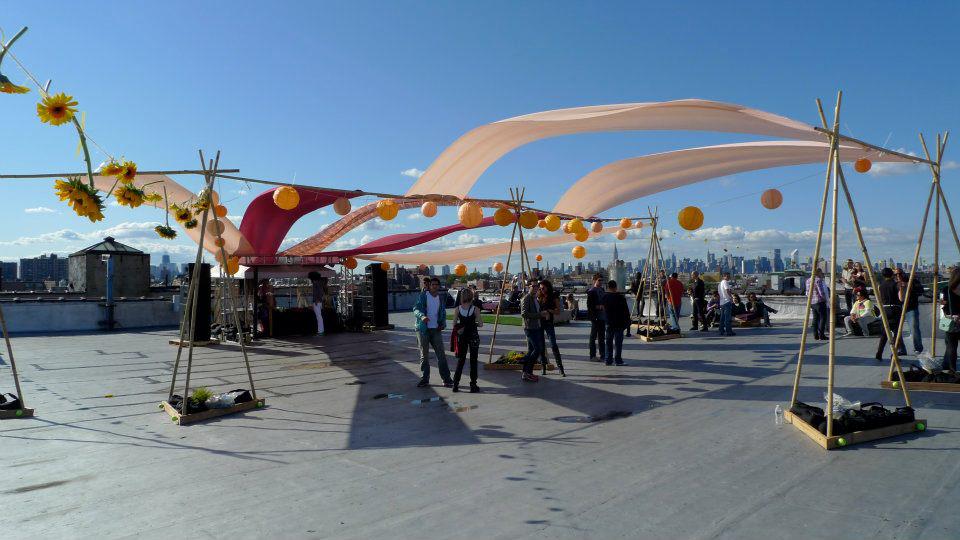
To understand the initial motivations and the name behind the concept, it’s necessary to wind back to 2008: Having discovered a new-found appreciation for dreamy and melodic techno, Burridge compiled the All Day I Dream of Her mix for his then-girlfriend, which was then subsequently released as a Resident Advisor podcast. Driven to give this music a platform, and having spotted a “gap in the market for New York parties,” he began the event because he wanted there to be “one place for people to come where they could connect with each other through the music.”
“The music out there was very stripped back and so was the experience,” Burridge recalls. “Parties had become a ketamine experience, with men dressed in black all staring at their shoes. I came from 1987, when you went to a party in a field where you didn’t know anybody—but you wanted to know everybody. Somewhere that all got lost along the way, so I decided to try to change that with the production. I wanted people to be giving and connecting with each other through the music. I saw all this potential and I just knew I had to do something.”
Over time, this nebulous vision in Burridge’s head became “very pure,” he says, in part supported by the studio work of Dekay. Having really connected with the sound of Burridge’s fabled mix, and finding himself inspired the All Day I Dream concept, Dekay explored its musical identity in the studio before launching the label. “Lee was very specific about the All Day I Dream experience,” Dekay says. “I was like a producer composing music to the picture that Lee was painting in my head.”
It was then decided that the name of the RA mix perfectly “matched their intentions,” Burridge says. “I love the ability that certain music has to take you away to a different place and that it induces dreamlike states in people. Eyes closed. Middle of dance floor. We’ve all been there. I wanted people to embrace the idea of daydreaming to music all afternoon over certain moments in a set. Add to that the locations of the parties, the time of the events, the open clear blue skies. It really couldn’t have been called anything else.”
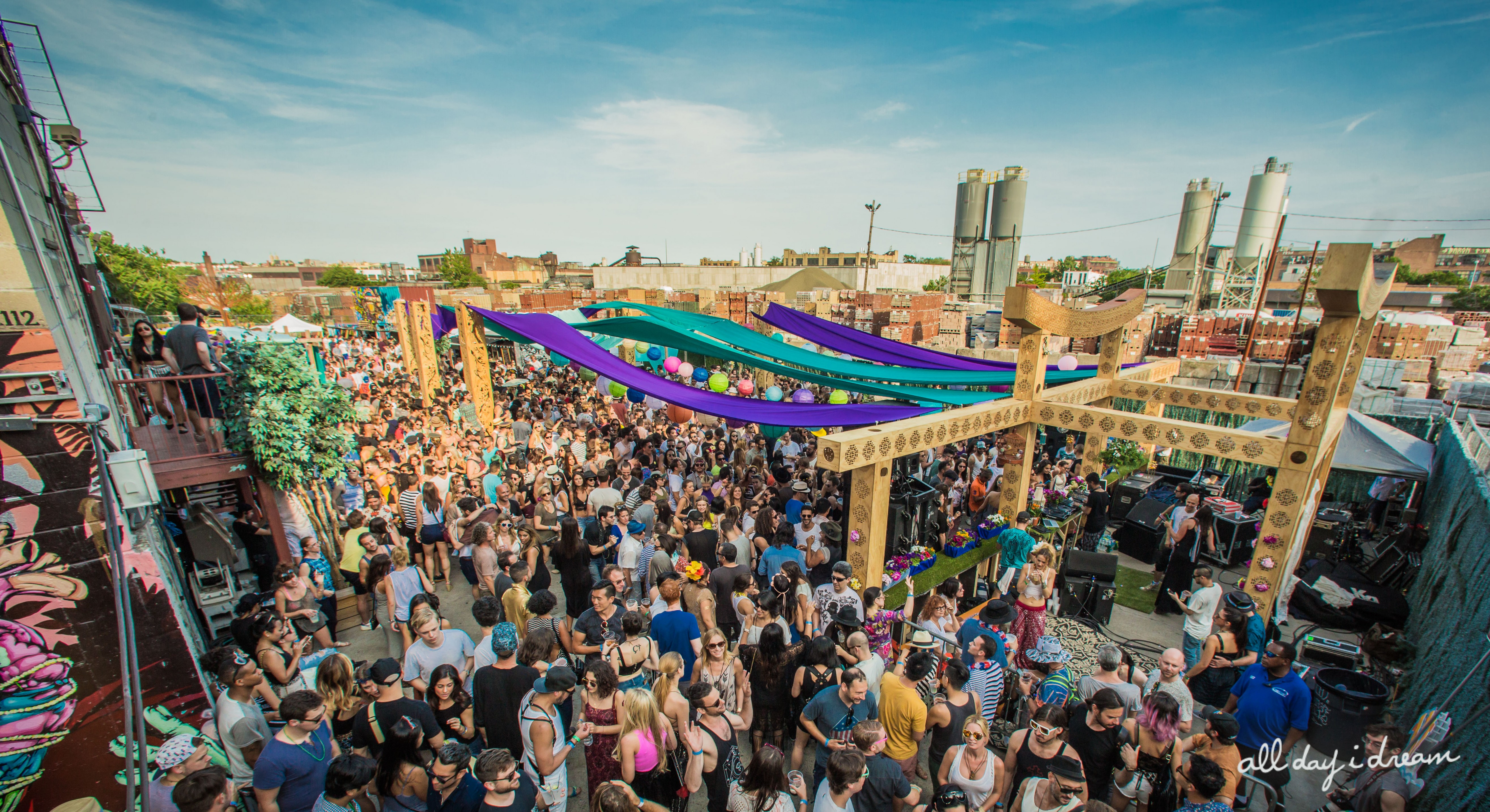
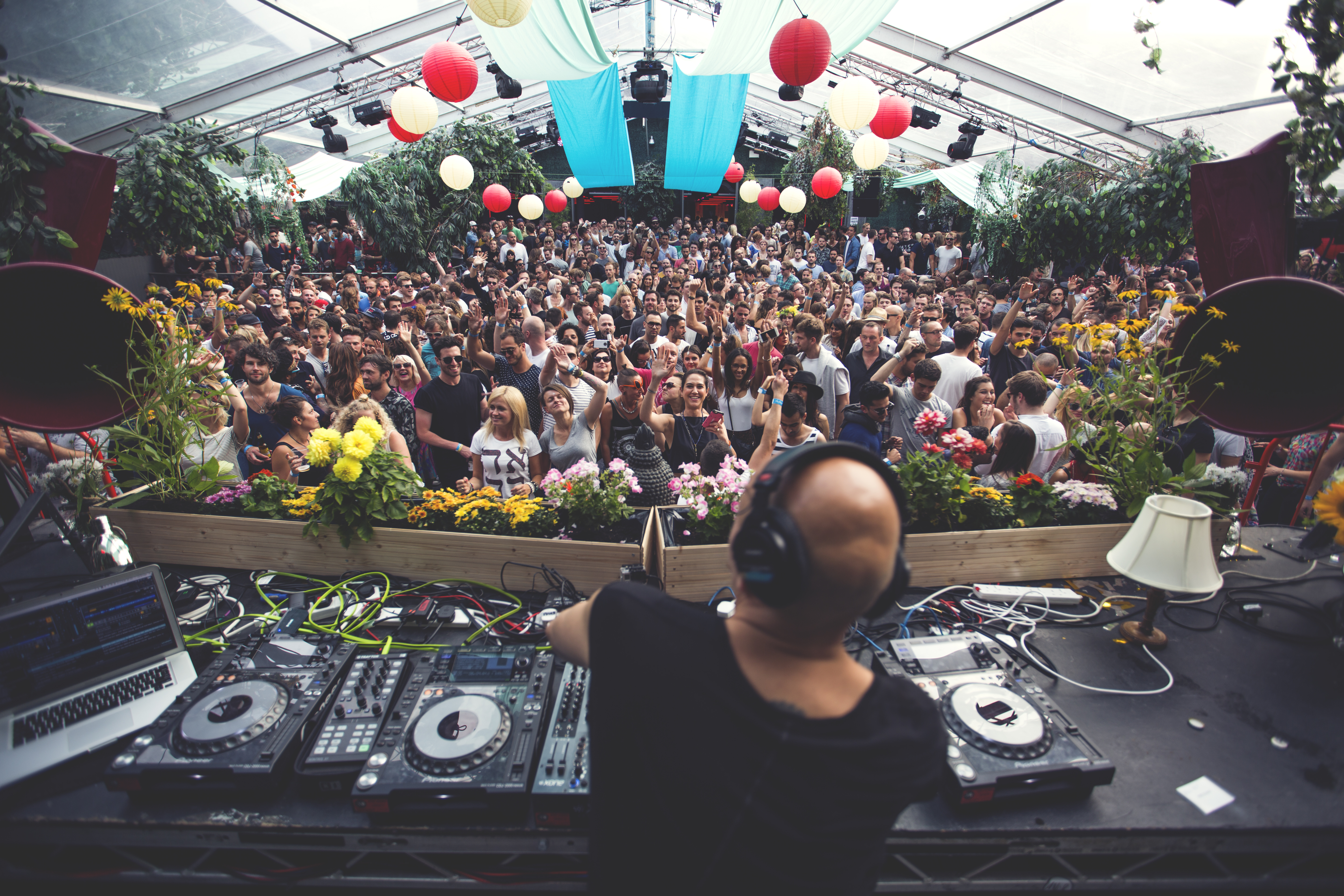
While timing, namely the the rise of electronic music as a genre-has certainly supported this success, “it is ultimately the production that reaches out to people,” Burridge says. All Day I Dream parties are almost always held outside because the “mute color of the sky provides a perfect canvas for all the beautiful colors,” and have a soundtrack that is based around “valleys” rather than “peaks and troughs.” Most parties are based around the creation of this energy which has to be uplifting and ‘hands in the air’—but “we shy away from playing in a formulaic way to get a formulaic response. The music actually becomes slower and more emotional towards the end of the night.” Absent, too, are the strobe lights and metal trussing, replaced instead with fairy lights and bamboo. Everything in the room is carefully placed to compliment the music and create a more organic aesthetic. As a result, the atmosphere is soft and amiable—and with more female energy than the regular party experience. Great emphasis is also placed on the quality of the sound. “The nature of the music means it doesn’t drive the party so we make sure that people can feel every aspect of it,” Burridge explains.

The pair now looks to expand the brand they have together created—but in doing so they must also be careful to protect its identity. While the thriving state of electronic music unquestionably provides a robust platform on which All Day I Dream can prosper, there is also a danger that the inevitable growth of its profile could eventually pollute the close-knit community of colorful and vibrant people that attend. Central to this endeavor is marketing, and the ever-growing profile of Burning Man—the festival around which the whole All Day I Dream aesthetic was based. “I think it protects itself. There is a mindset with these parties—a certain type of people who they attract,” Burridge says. And instead of using a plethora of advertising vehicles to push it’s profile, the duo rely on word of mouth. “The fact that we never use paid advertisements has definitely helped,” he continues, before revealing that one paid advertisement in Time Out New York magazine “changed the crowd” so much. “We didn’t recognize any of the people that came out, just because we had advertised. It really is that delicate.”
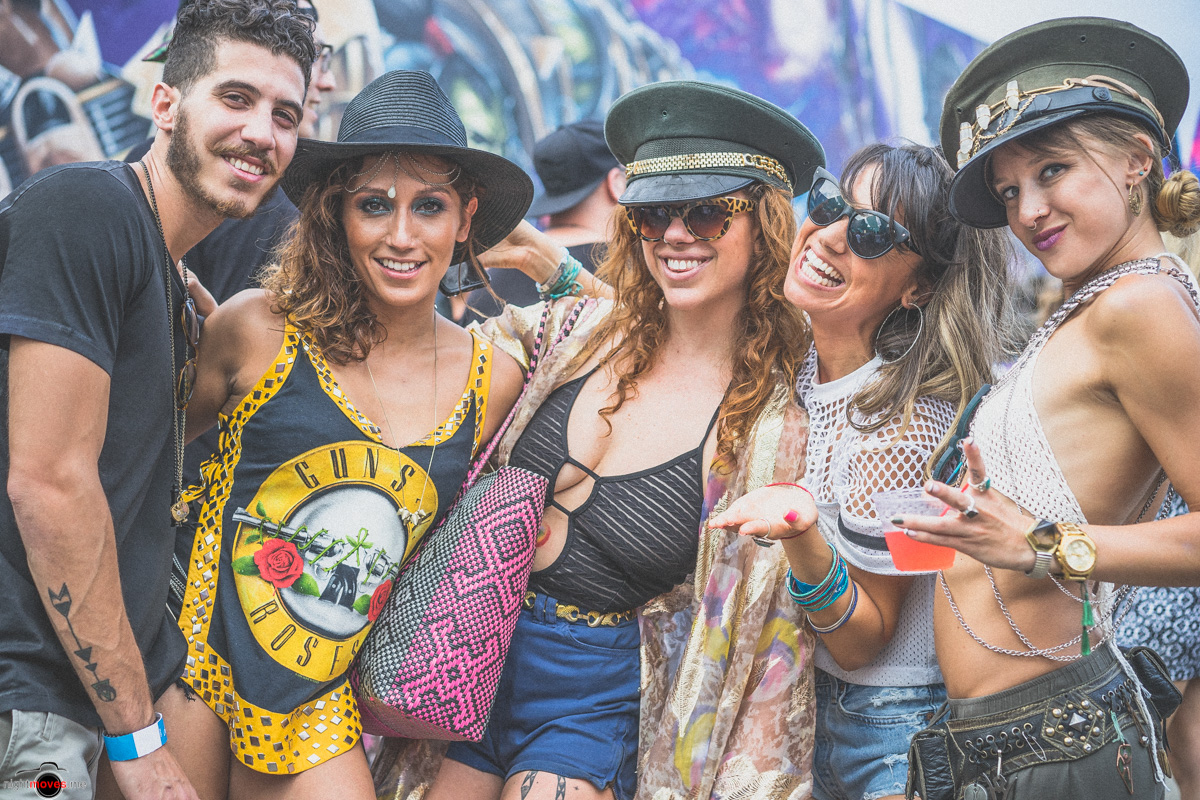

In terms of growth, the next step is establishing a following on European shores. 2014 saw the series arrive in Barcelona, and it has recently found a home in London and Berlin. But as well received as these events have been, Burridge and Dekay recognize that they may have to be more patient on that side of the Atlantic. “My profile as an artist has always been bigger in America than anywhere else and so that had to be the foundation,” Burridge says. “In Europe there have been so many parties that it has created mild apathy towards new events. Everyone has seen it and done it before, so they don’t experience All Day I Dream with a fresh set of ears and a fresh soul,” he adds. “That said, I see no reason why it wont grow [in Europe].”
Loose plans are also in place to push the reaches of the events. All Day I Dream parties normally take place on selected Sundays and run from early afternoon until late-evening— but “next year we are going to see a lot of new things that we are going to try out,” hints Dekay. The pair are looking to expand with new stages, and perhaps even a festival—in good time. “While it’s important to have common thread in the ADID party, we must have freedom to develop—otherwise we’re just a circle turning inward,” explains Burridge. The issue, and something of which the pair are both aware, is one of scalability: How do you retain the integrity of the music and the sense of togetherness with a bigger audience?
Along with the imprint, which is carefully managed to ensure focus remains on the event, All Day I Dream has quickly established itself as an accomplished platform for its style of emotive techno. In this sense, the pair have set out what they have achieved to do—but this still feels like the beginning of a bigger movement. “This music now has a voice—but there is more music out there that needs a platform. Perhaps we can provide a platform for that too? I think there is a lot more to explore,” explains Dekay.
“We are trying to not have walls with what we are saying,” adds Burridge as he leaves the room to play his set. “I feel that we could actually do something quite important for both ourselves and other artists by allowing a musical freedom that doesn’t exist in a number of other places or labels.”
Together, they could well achieve just that.

